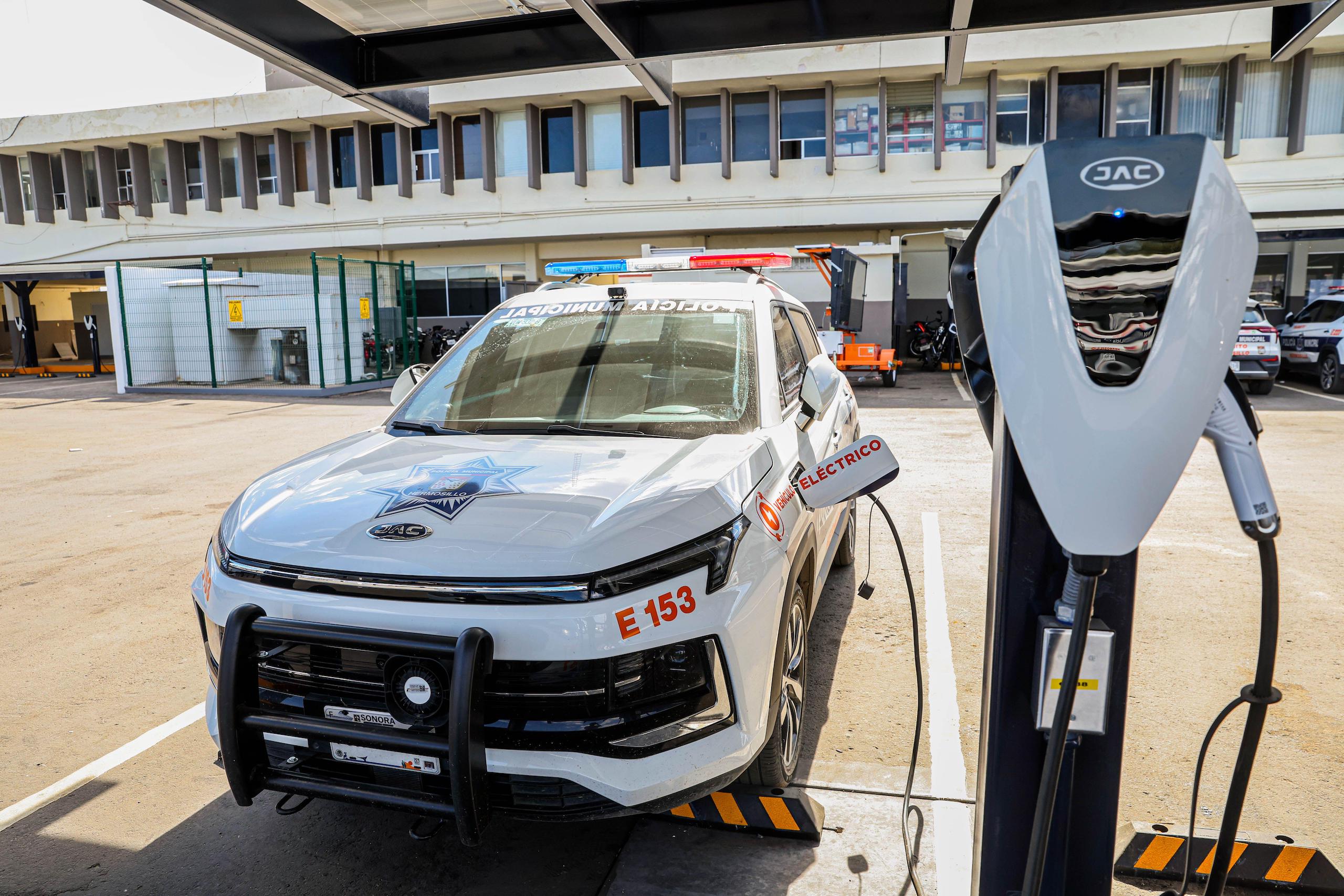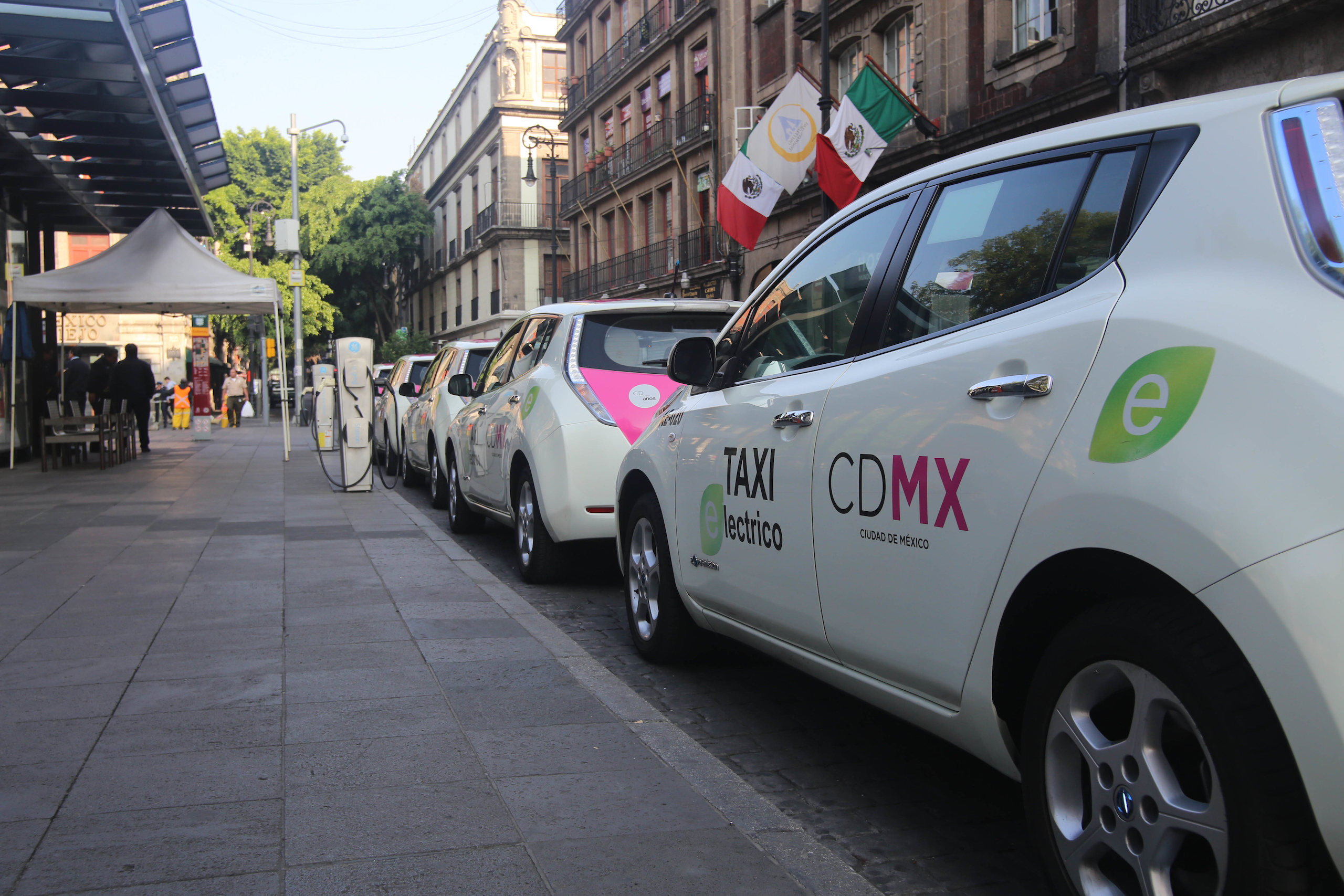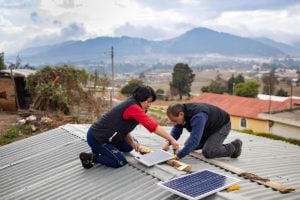The Chinese automotive industry has been making headway in Mexico. Eight Chinese brands already sell their vehicles in the country, three operate assembly factories and two have concrete plans to establish new production plants, with the electric vehicle sector increasingly a focus. Several Chinese companies also manufacture automotive parts as part of million-dollar projects, and investment is expected to continue growing.
The incentives for Chinese auto companies to invest in Mexico are multiple. With a mature car manufacturing industry and low production costs, the country offers logistical advantages and a springboard for the export of EVs to the neighbouring United States.
For Chinese EV makers, overseas investment is an outlet for expansion amid stiff competition in a saturated market at home: China is the world’s largest EV market, with one in every four vehicles sold an electric. Around 20% of 148 Chinese car brands account for 90% of the country’s EV market, and a price war led to only 10 companies making a profit in the first quarter of 2023, The China Project reports. Such competition could see two thirds of these brands wiped out within three years, the president of state-owned Changan Automobile told the publication.
The growing US electric vehicle market presents new opportunities for Chinese makers, big and small. Driven by incentives from the US Inflation Reduction Act, President Joe Biden’s signature green industrial policy, electric vehicles are projected to account for 52% of all US auto sales by 2030, which would meet the 50% target set for the year by his administration.
The ability to export from Mexico allows Chinese companies to benefit from trade rules in the region: under the US-Mexico-Canada (USMCA) agreement, if 66% of a vehicle’s parts are made in North America, manufacturers can export them to the US duty-free, avoiding the higher tariffs they may otherwise pay. This has, however, led to criticism from some quarters of the industry in North America, including Canadian automakers concerned over their capacity to compete with Chinese companies.
As Mexico welcomes rising investment in its EV industry, with production largely destined for export, questions remain over the broader benefits. In a country where the transport sector accounts for nearly a third of all carbon emissions, can these investments help to accelerate Mexico’s own shift towards electromobility, improve access to EVs and ensure a just transition?
Chinese carmakers grow in Mexico
Chinese automakers have been selling electric and conventional vehicles in the Mexican market for over a decade, and in recent years have established themselves among the main suppliers of cars in the country. Vehicles manufactured in China by brands including BMW and Chevrolet, among others, have also been sold in Mexico.
Three Chinese EV makers have already established assembly plants in Mexico: Foton, a truck, bus and SUV maker that is a subsidiary of the state-owned Beijing Automotive Group (BAIC); JAC Motors, which offers three EV models in the country; and bus and truck manufacturer Shacman. State-owned Chery, and its subsidiary brand Jetour, have announced initiatives to build Mexican factories.
In addition, at least seven Chinese auto parts suppliers have announced plans for industrial facilities to supply the growing electric vehicle industry.
Foton has operated its truck assembly site in the western state of Jalisco since 2019, and has plans to build a plant for both internal combustion and electric vehicles that would begin production by 2025, with a reported investment of over US$1 billion. The company will reportedly partner with Chinese firm CATL, the world’s largest producer of electric vehicle batteries, as part of a battery recycling and repair scheme.
In March, Jetour announced its intention to build a $3 billion factory to assemble conventional and electric cars, which will enter operation by the end of 2024, though a location for the facility has yet to be confirmed. The company is partnering with the Mexican organisation LDR Solutions, which has represented brands such as the electric vehicle manufacturer BYD, Jetour and CATL in the country.
Chinese companies look to be leaning on the experience of peers in Mexico. Since 2017, JAC Motors, for example, has worked in partnership at a plant in Hidalgo state with Giant Motors, owned by Mexican business magnate Carlos Slim, at one time the world’s richest person.
Osmar Zavaleta, associate dean of research at the Monterrey Institute of Technology and Higher Education’s business school, says sectors such as the automotive industry are looking to Mexico because of its developed technical and logistical capacity, on top of China’s own leadership in electromobility.
“Mexico’s potential is enormous. Due to climate change and the prevailing need to stop emitting greenhouse gases from public and private transportation, electromobility is going to take on much more importance in the coming years,” he told Diálogo Chino.
“The change towards the use of electric cars is going to happen more quickly. This opens up a great opportunity for Chinese carmakers to take advantage of everything that Mexico offers,” he added.
In 2021, Mexico was the sixth largest exporter of EVs, to destinations including the US, Belgium and Norway, while it imported a low volume of units from the United States, Germany and China. However, the high price of such cars currently represents a barrier to mass adoption.
Mixed welcome from Mexicans
Just a few years ago, Chinese vehicles were a rare sight on Mexican roads, but have grown increasingly visible. In the first half of 2019, 4,156 Chinese-brand cars were sold in Mexico, just 0.6% of overall sales; by the same period this year, 69,464 had been sold, accounting for 9.3% of all sales, with at least eight brands offering electric and combustion engine models.
In a country with more than 53 million vehicles on the road, around 5% are reportedly hybrid or electric, but of these only 5% are Chinese, according to the Mexican Association of the Automotive Industry (AMIA).
Electric vehicle (EV) may be used as an umbrella term to refer to any electrified vehicle, though it is most commonly associated with battery electric vehicles (BEV), which are 100% electrified.
Meanwhile, hybrid electric vehicles (HEV) combine conventional fuel-powered combustion engines with electric motors, with the combustion engine and brakes helping to charge the battery. Plug-in hybrid vehicles (PHEV) use a larger battery that can be recharged at an electrical outlet, and typically run on electric power until nearly depleted, when a combustion engine will take over.
Though their growth has been impressive, Chinese carmakers may run into competition in the electric sector.
Mexican engineer Rafael Contreras bought his first non-conventional car 16 years ago, a hybrid Toyota Prius, with the idea of polluting less. His experience with this hybrid car was pleasant, due to its low fuel consumption and quick recharging, if necessary.
As a result of a fuel shortage Mexico experienced in 2019, Contreras bought a Chevrolet Volt hybrid, a plug-in, which his wife uses more. Around that time he also acquired a fully electric Tesla 3.
“We charge them in the house. I don’t even notice when [the Tesla] is charging, I arrive, I plug it in and when I leave the next day it’s done. I charge it once a week,” the 54-year-old engineer tells Diálogo Chino.
Contreras, who has solar panels and storage batteries in his home, says he can usually travel up to 550 kilometres on a single charge, and highlights a reduction in operating costs due to savings in gasoline and an included annual service.
“For my entire life, I would continue with electric cars, I would continue with Tesla, the technological part is very robust. Chinese cars don’t attract my attention. In quality they do not compete and [the Tesla] is safer than BYD and JAC,” he claims.
In this regard, the New Car Assessment Program for Latin America, which examines car safety features, gave low ratings for an electric JAC model in 2022 and another conventional vehicle from Great Wall Motors in 2021, scoring not much better than other US competitors, such as Ford, Jeep and RAM. In contrast, Chevrolet, Hyundai, Nissan, Toyota, Mitsubishi and Volkswagen achieved high results.
Contreras’ experiences with electric vehicles are not likely to be broadly representative for Mexican drivers, however. Though officials, such as former foreign minister Marcelo Ebrard, have touted a target for 50% of EVs accounting for 50% of the market and production by 2030, significant barriers remain for everyday Mexicans to access such vehicles, which along with hybrids made up 4.7% of the 1.1 million cars sold in 2022.
In one of the most unequal countries in the world, price remains a sizable hurdle to entry, with the average annual wage, just under US$17,000, falling short of the average cost of an electric vehicle, said to be around 400,000 pesos (US$23,300). A lack of vehicle charging infrastructure is also an issue: though widely regarded as being unrealistic, if Mexico were to meet its 2030 targets for electric vehicle uptake some 50,000 public charging stations could be needed, a huge rise on the estimated 2,000 currently found across the country.
In a fossil-fuel producing country seen as a climate action laggard, analysts have also pointed to a lack of policy support to incentivise widespread uptake of electric vehicles and their infrastructure, which have been vital to their growth in countries such as China.
“The first piece of an effective EV strategy is missing: phase-out targets for all vehicle segments,” the International Council on Clean Transportation wrote in 2022. “Mexico needs to send a clear signal of its ambition and pace to transform the transport sector, considering its climate goals and international commitments.”
The benefits for Mexico?
For Zavaleta, it is important that, going forward, an industrial policy is designed for Mexico that addresses issues of education, research, technology transfer, investment guarantees, intellectual property protection and the transition to less polluting energy.
“Among the value added [in the electric vehicle sector], I would expect salaries to improve. And the creation of an industrial policy that allows us to balance these investment flows, so that it continues to be attractive for foreign capital,” he stated.
In this regard, the USMCA stipulates that at least 40% of the value of a vehicle must come from plants that pay a minimum of US$16 per hour to workers. Although salaries have improved in Mexico, they are still far from regional equality, averaging about $3 an hour.
Despite its success in creating industrial plants and promoting the development of trained workers and the auto parts chain, Mexico has not been able to design a comprehensive industrial policy that maximises domestic benefits, Zavaleta says. The country only manufactures automobiles, while the design mostly occurs in the United States, Germany, Japan or China. Domestic producers and designers, such as Zacua, Mexico’s first homegrown electric vehicle brand, tend to only do so at smaller scales.
In an effort to boost clean energies and sustainability, Mexico has promoted initiatives under the Sonora Sustainable Energy Plan, which includes individual projects such as the construction of one of Latin America’s largest solar farms, the exploitation of lithium in Sonora state and the promotion of the manufacturing of EVs. But the plan is not seen as equivalent to a comprehensive industrial policy.
In the academic’s opinion, the growth in the electric sector offers Mexico an opportunity to enter the value chains of brands such as Tesla, Ford and other manufacturers, including those from China. But he has a warning over the creation of stronger industrial policy, one that can maximise benefits from this renewed interest from foreign investors: “It has to happen soon and it becomes imperative. There is significant potential in the country’s southeast. With will and hard work it can be achieved.”










